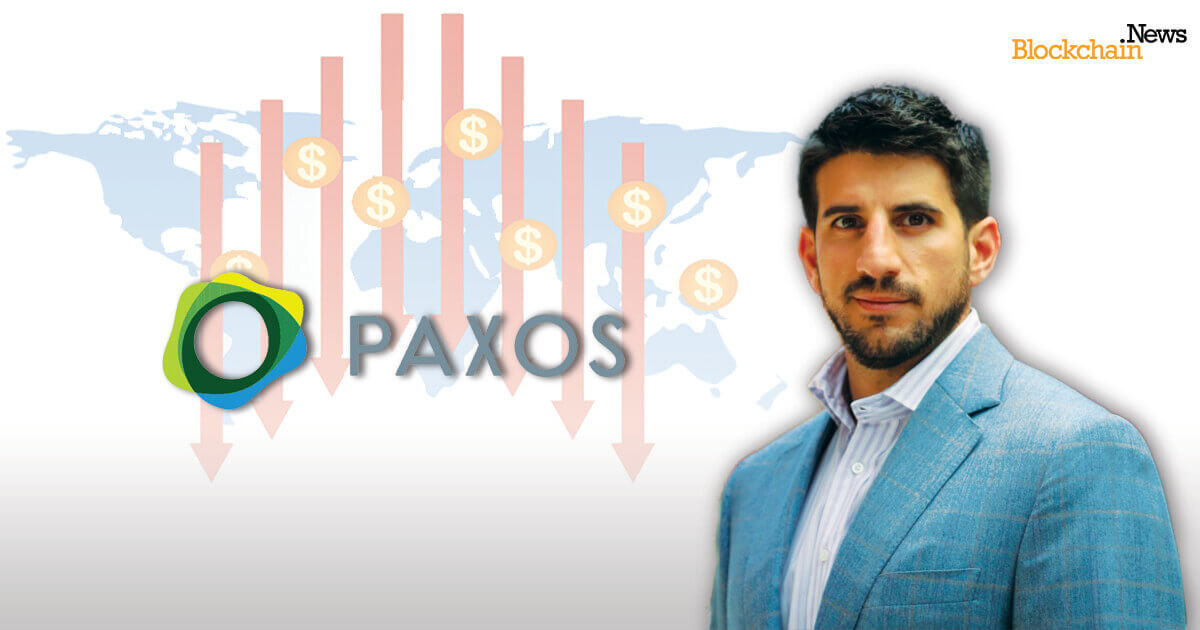Brazil’s central bank revealed on Monday that it will implement a phased approach to regulation of crypto-assets and virtual asset service providers, with detailed regulatory proposals expected by the end of 2024. This new timeline marks a shift from the initial completion goal set for June 2024, following the legislative groundwork laid by a 2022 law.
In a statement to Reuters, the central bank explained that the decision to extend the regulatory timeline comes after careful consideration of feedback gathered from a public consultation held between December 2023 and January 2024. This initial consultation was aimed at collecting broad societal input and addressing topics not fully covered by the 2022 legislation, such as the segregation of assets held by virtual asset service providers.
“The first public consultation was crucial in addressing various issues and required significant effort from our regulatory teams,” the central bank noted. “The diverse nature of activities and organizational structures within the virtual asset sector necessitated this preliminary stage.”
The central bank’s director of regulation, Otavio Damaso, had initially projected during a congressional hearing last year that the regulatory process would be finalized by mid-2024. However, the complexity of the sector and the extensive feedback received prompted the bank to revise its timeline.
Related: Brazilian President Signs Bill Creating Crypto Regulations
The central bank announced that a second public consultation would commence in the second half of this year, focusing on drafting the regulatory texts. “This next phase aims to utilize the initial input to build a comprehensive regulatory framework, once again incorporating broad societal support,” the central bank stated.
This phased approach underscores the central bank’s commitment to creating a robust and inclusive regulatory environment for crypto-assets, balancing innovation with necessary oversight. The upcoming consultation will be critical in shaping the final regulations, ensuring they address the unique challenges and opportunities presented by the rapidly evolving virtual assets landscape.
Source: Reuters
Credit: Source link















































